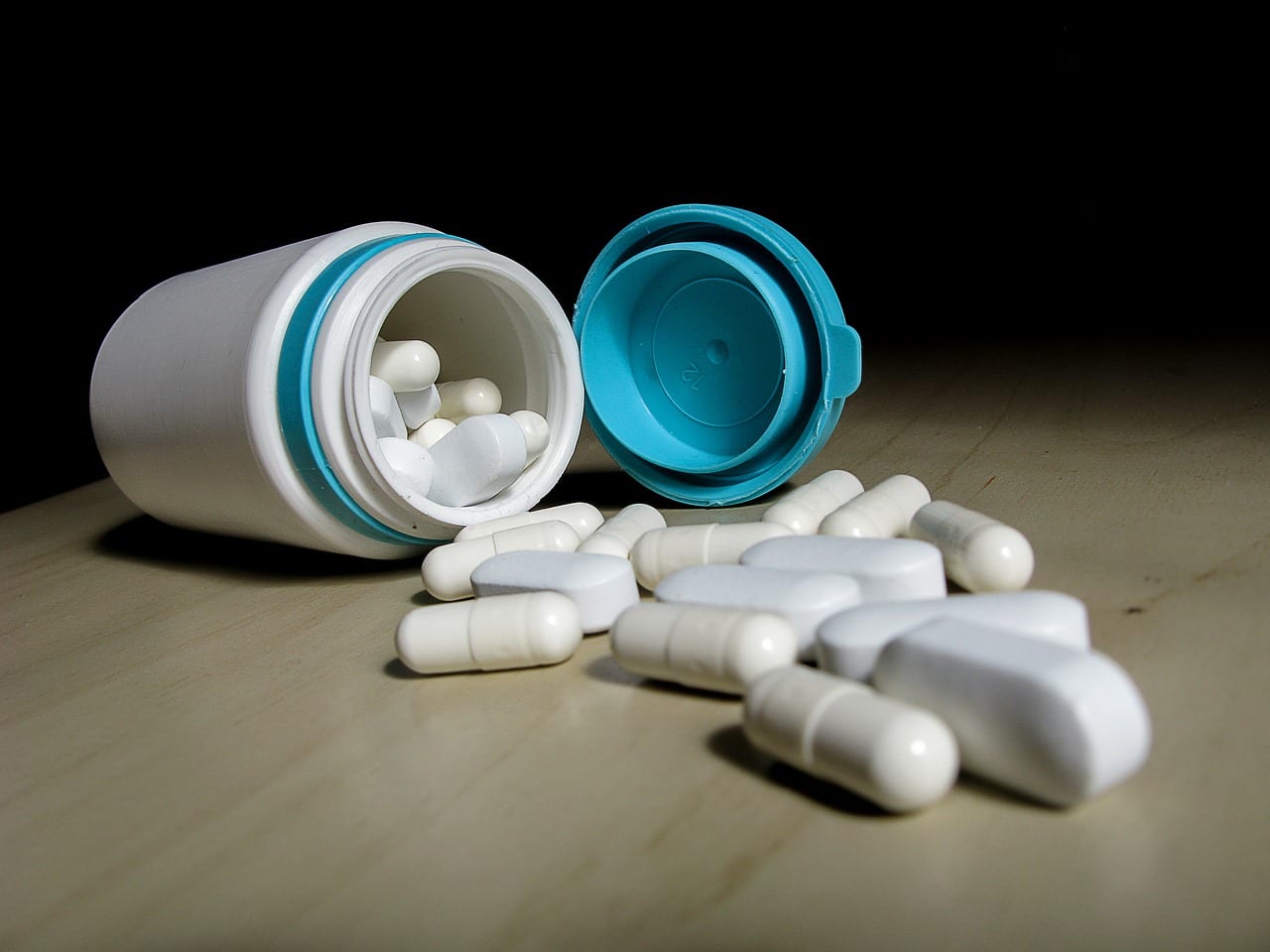Testosterone Enanthate Medical Use: Testosterone Replacement Therapy in Hypogonadal Patients
Parenteral Testosterone Esters
IM injections allow for the administration of long-acting parenteral 17b hydroxyl esters to testosterone, such as testosterone enanthate (or testosterone cypionate), that are relatively long-lasting. These preparations can be used for the replacement of testosterone in hypogonadal patients for many years.
Transdermal testosterone gel formulations deliver higher levels of physiologic hormones and are increasingly being used in place of testosterone ester injections. Some hypogonadal guys prefer testosterone esters to the transdermal versions. They are cheaper, more frequent, and have higher average serum testosterone concentrations.
Most hypogonadals can administer IM testosterone ester injections themselves with the right instructions. Otherwise, testosterone injections will need to be administered in the clinic. Esterification (or hydrophobicity) of testosterone at the 17bhydroxyl group increases its solubility and hydrophobicity within an oil vehicle.
After IM injecting testosterone esters, they are slowly released from muscle. The testosterone is then hydrolyzed quickly and released into circulation. These are clinically comparable because they have similar pharmacokinetic profiles, durations of action, therapeutic efficacy, and pharmacokinetics.
Adults suffering from hypogonadism usually receive 150-200 mg of testosterone enanthate/cypionate IM every two weeks. Normal serum testosterone levels after 200mg of testosterone enanthate injected intramuscularly are usually higher than the norm for 1 to 3 days.
They then decrease gradually over 2 to 4 weeks to the lower range of normal, or sometimes to below the norm, before being reinjected. Men may feel disturbed by fluctuations in energy and mood caused by the extreme rise or fall in serum testosterone concentrations. A shorter dosing period of 10 days may help alleviate symptoms such as low testosterone levels before the next injection.
Alternately, some patients prefer to change the dose of testosterone enanthate to 75 to 100 mg IM a week to reduce fluctuations in testosterone levels and associated symptoms. Treatment with testosterone enanthate at doses up to 300 mg IM at 3-4 weeks or 400 mg IM at 4-4 weeks can result in extreme fluctuations in serum levels of testosterone.
This can lead to levels that are above normal for several days, and even below normal for 3-4 weeks. CDGP, where puberty is spontaneously occurring, is clinically indistinguishable from delayed puberty caused by permanent hypogonadotropic hypogonadism.
Testosterone treatment is generally not initiated in boys with prepubertal androgen deficits until they reach about 14 years. To allow for spontaneous puberty to be determined, testosterone therapy is administered intermittently. If affected boys are experiencing severe psychological distress due to delayed genital and growth development, testosterone therapy might start at an earlier age.
Prepubescent androgen deficiency in boys is treated by a very low dosage of testosterone enanthate or cypionate. The low doses are enough to stimulate some virilization as well as long bone growth. Treatment with testosterone is maintained for 3-6 months.
Then, it is stopped for 3-6 months to see if spontaneous pubertal birth occurs. If testosterone therapy is not indicated for spontaneous puberty, it should be stopped. Intermittent testosterone therapy can continue even if there’s no evidence of spontaneous puberty. In order to reproduce the gradual increase during puberty in testosterone concentrations, the dose of testosterone enanthate/cypionate will gradually be increased by 50 to 100 mg IM every 2 weeks.
At the moment, transdermal testosterone preparations are not approved to be used in boys who have been delayed in entering puberty. Because they don’t require IM injections, transdermal testosterone formulations can be used in low-dose patches and gels to treat prepubertal androgen shortages in boys.
The castor oil-based formulation of testosterone undecanoate was approved in the USA in 2014 to treat male hypogonadism. This formulation is administered via slow IM injection to the gluteus at a dose of 750mg per 3 mL of castor oils. The mean testosterone levels then peak at 7 days and slowly decline over 10 weeks to a level that is just above the norm.
It has not been reported that there are any fluctuations in testosterone levels or recurrences in symptoms related to androgen deficiency. Although large-volume injections can be uncomfortable for some men due to discomfort, they are generally more comfortable than shorter-acting testosterone Ester formulations.
A different formulation containing testosterone undecanoate and castor oil (Nebido) has been approved. It’s used in Europe and elsewhere for testosterone replacement therapy in hypogonadal patients. Due to the high dose of testosterone undecanoate and the need for a proper injection technique, self-administration is not possible.
It is possible for some men to cough up testosterone undecanoate immediately after the injection. Although there isn’t any direct evidence to explain coughing, it could be caused by pulmonary oil microscopic injury (POME) that results from large quantities of castor oils injected into muscles with this formulation.
FDA requires a Risk Evaluation and Mitigation Scheme (REMS) in order to allow the FDA to approve the use of testosterone undecanoate. Training of personnel and certification by the health care facility is required in order for proper injection technique (slow IM), adequate monitoring (for at least 30 minutes), and treatment ability for potential POME and anaphylaxis.




Post Comment